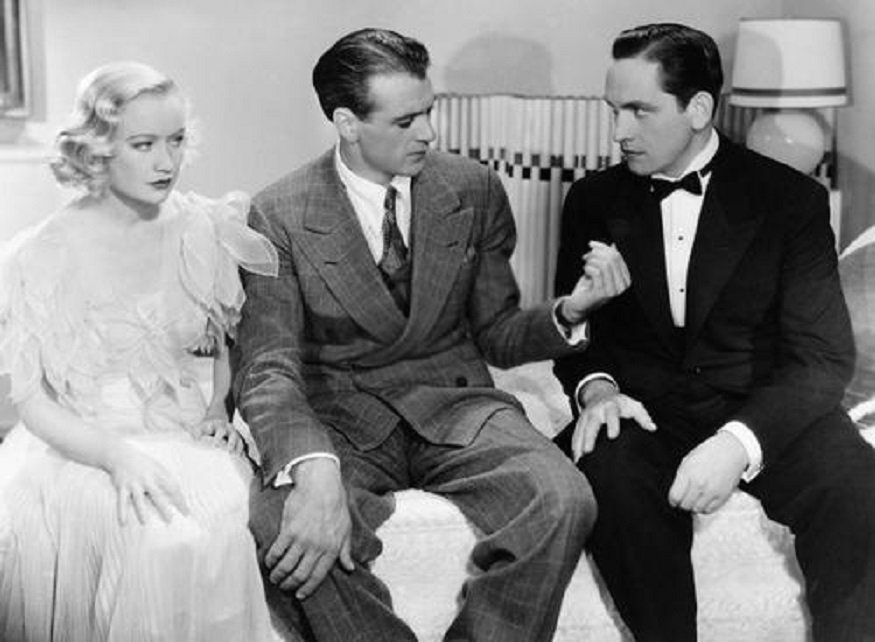Are you dining away from home for Thanksgiving? Whether you are celebrating in a place you’ve been before, or someplace brand new, Etiquetteer has a few tips to help your Thanksgiving Day go smoothly.
Be on time. If the invitation has been given for a specific time, be there then. Often Thanksgiving invitations are on the informal side — “Oh, show up around 2:00, and we’ll sit down to dinner somewhere between 3:00 and 4:00 depending on the turkey” — but you’re within your rights to ask when dinner is served if that hasn’t been stated.
Know how you’re getting there. Perhaps it’s just because looking things up on GPS or a map app is so immediate, but your drive to your destination will be less stressful if you look up all the directions before you get in the car — preferably the day before. You will take to the roads with greater confidence, and that will result in a calmer atmosphere for your passengers, and yourself. If you’re traveling by train or bus, confirm the schedules in advance, too. Never assume.
Bring your assigned contribution accurately. Etiquetteer is by no means excusing the super-specific bossiness of “Marney” over at Awkward Family Photos (that is just Beyond the Pale), but if you have been asked to bring dry white wine, don’t show up with a Riesling, or mashed potatoes if you’ve been asked to make yams. That means not waiting to the last minute for shopping. (In other words, today is your last chance, so get busy!)
Yes, you should offer to help. Yes, even if you really hope your hosts decline. If you are particularly good at something, offer to do that. (“Can I help arrange the flowers? Do you need me to look after the children?”) Keep in mind that often help is needed more after the feast than beforehand. Etiquetteer’s Dear Uncle (may he rest in peace) was not efficient around the house, but he was excellent at drying dishes and could be counted on in a pinch for that needful task. (And if your hosts do decline, don’t insist. They know how they like to do things.)
Know when you need to step away. Sometimes Thanksgiving feels overwhelming and we need a moment alone. Recognize when a retreat to an empty space (the guest room, the bathroom, the back yard, even the garage) is in everyone’s best interest.
Don’t make a fuss at the table. Missing your favorite casserole? Turkey’s not quite done to your liking? Unless you’re offering to host next year, Etiquetteer wants you to hush up.
Keep the food moving. Whether your feast is served family style* or it’s just rolls, gravy and cranberry sauce on the table, keep passing everything to your right until everyone has been served. If you’re not having any yourself, don’t just leave the serving dish in front of you. Others may want some! (If you are the first person to pick up the bread basket, you may offer it to the person at your left, then help yourself and pass to the right.)
Expect to be part of the conversation. Thanksgiving is like any other dinner party, and that means actually talking to other people (whether you want to or not) and not just burying yourself in your phone. Have something to say about what’s happening in your own life. Those who define themselves as Conversationally Challenged should arm themselves with open-ended questions to deflect, e.g. “I don’t have a lot of experience with [Insert Topic Here]. What was your experience like?” or “Tell me how that impacted you.”
Napping is Perfectly Proper, just not at the table. Whether you blame tryptophan** or just good old-fashioned Gluttony, we are often sleepy after Thanksgiving dinner. Etiquetteer can find no sin in succumbing briefly to post-prandial unconsciousness, but don’t take up all available space on the sofa.
Send a Lovely Note of Thanks. So what if it’s a relative who hosted? Hosting Thanksgiving is a lot of work! And this is a holiday about being thankful, yes? Dash off a Lovely Note the next morning, brief and sincere. Protip: kill two birds with one stone by adding to your holiday card “And we loved spending Thanksgiving with you. Thank you for including us!”
Etiquetteer wishes you a stress-free, smooth and very Happy and Perfectly Proper Thanksgiving.
*Or service à la française if you want to sound highfalutin’ — which is not really Perfectly Proper.
**Which is not actually why we feel sleepy after Thanksgiving, according to Psychology Today. Surprise!





















